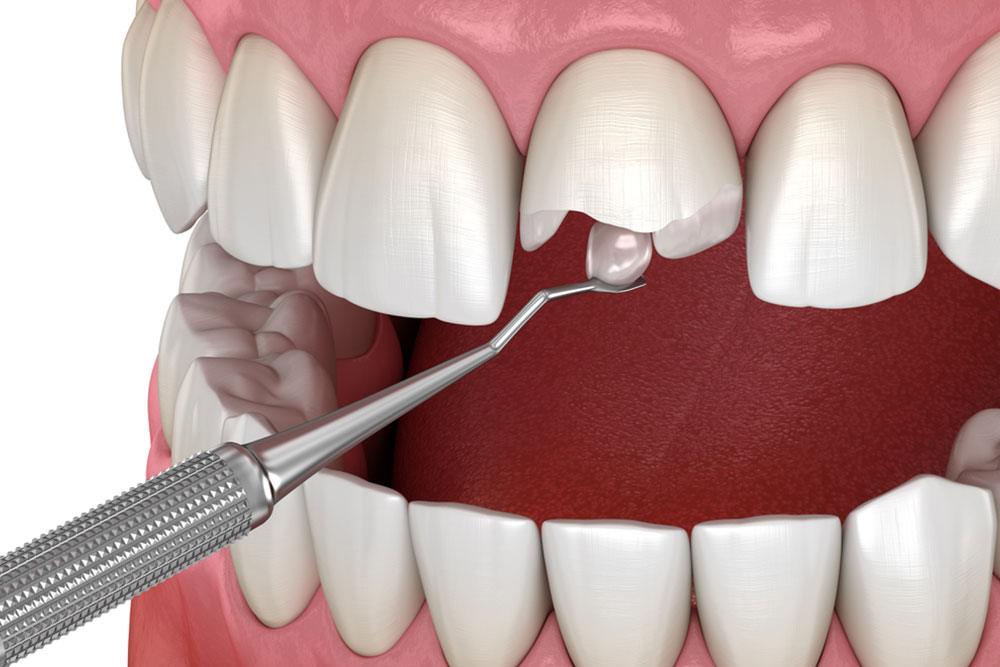
If you’ve recently discovered that a cavity is causing your toothache, you’re probably wondering what your options are for treatment. When it comes to cavity fillings, there are a few choices available, with porcelain and composite dental fillings in Mandeville, LA being two of the most common options.
Each type has its own set of advantages and considerations. In this post, we’ll take a closer look at the porcelain fillings vs. composite fillings comparison and how they can affect the appearance and longevity of your dental work.
What Are Porcelain Fillings?
Porcelain fillings, also referred to as inlays or onlays, are made from a strong ceramic material that closely resembles the natural color of your tooth. Getting a porcelain filling typically requires two visits to the dentist.
During the first visit, the dentist removes the decayed part of your tooth and takes an impression of the cavity. This impression is sent to a lab where a custom porcelain filling is crafted to fit your tooth perfectly. Once the filling is ready, it is bonded to your tooth, restoring both its function and appearance.
Porcelain fillings are highly resistant to staining and are favored for their natural look. They blend seamlessly with your surrounding teeth, making them a popular choice for fillings in visible areas. Moreover, porcelain is durable and can last for many years, making it a great option for those seeking a long-term solution.
What Are Composite Fillings?
Composite fillings are composed of a blend of plastic resins and small glass particles, which can be molded to fit the shape and contours of the tooth.
The procedure for getting composite fillings is relatively simple and can typically be done in one visit. During the process, the dentist will clean the cavity, apply a bonding agent, and then fill the cavity with the composite material. The material is cured using a special light, and the filling is molded to fit the natural shape of the tooth.
Composite fillings are also known for their ability to blend in with the natural color of the tooth, making them a popular choice for fillings in visible areas.
While they are not as durable as porcelain fillings, they are still strong and can last several years with proper care. Composite fillings are also less invasive than porcelain fillings, as they don’t require multiple visits or the removal of a large amount of tooth structure.
Porcelain Fillings Vs. Composite Fillings: Key Differences
Both porcelain and composite fillings can blend well with the natural color of your teeth, but porcelain fillings tend to provide a more lifelike appearance. Porcelain is more translucent, which helps it better mimic the appearance of natural tooth enamel.
Composite fillings, while they can be matched to your tooth color, may not provide the same level of translucency and may not look as natural over time.
Porcelain fillings are also generally more durable than composite fillings. They are more resistant to wear and tear and are less likely to chip or crack. Composite fillings are durable but may wear down over time, especially in areas where there is a lot of chewing pressure.
In terms of cost, composite fillings tend to be more affordable than porcelain fillings. While porcelain fillings offer greater durability and a more natural appearance, they are typically more expensive due to the materials and the labor-intensive process involved in creating the custom filling.
How Grand Family Dentistry Can Help
At Grand Family Dentistry, our experienced team is here to help guide you through your options, ensuring you choose the best solution for your oral health and budget. Whether you need composite dental fillings in Mandeville, LA, or are interested in porcelain fillings, we will help you make an informed choice.
If you’re in need of fillings or have any questions about your options, contact us today to schedule a consultation. Our team will evaluate your dental needs and recommend the best treatment plan for your smile.
